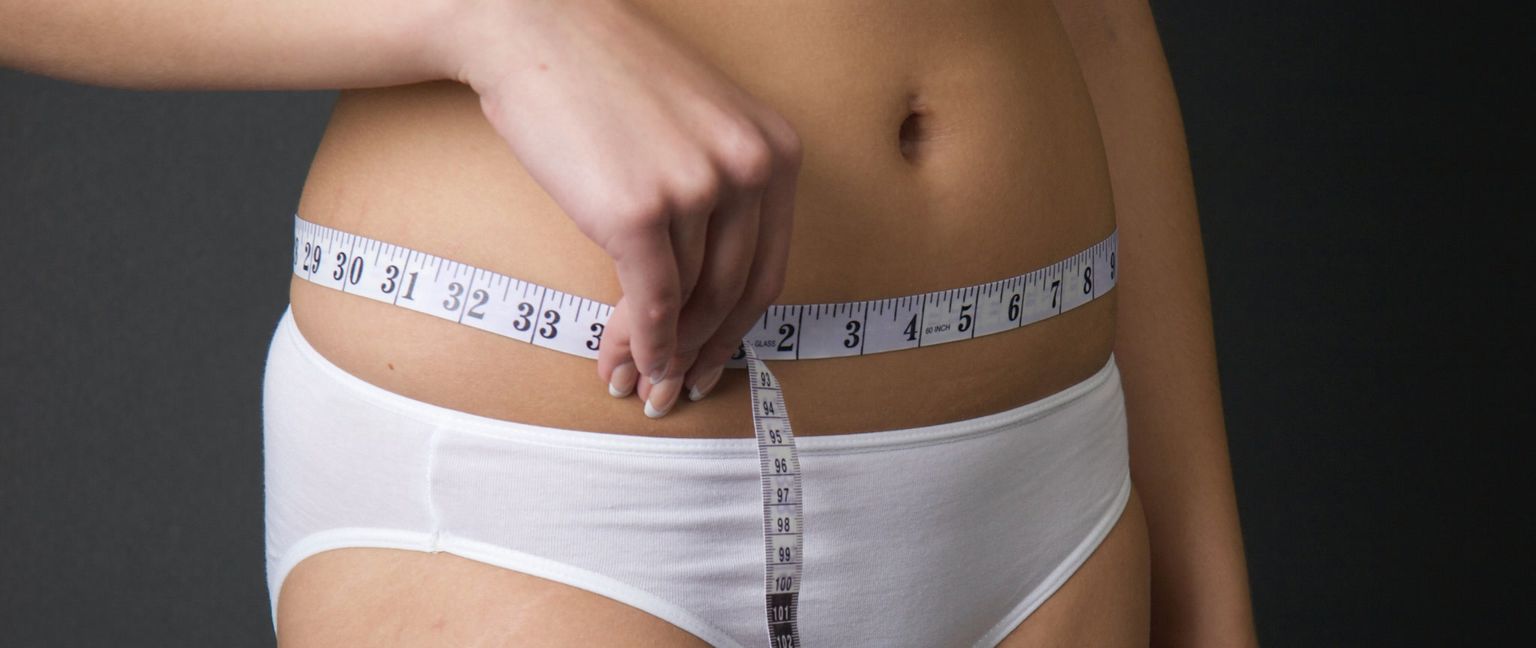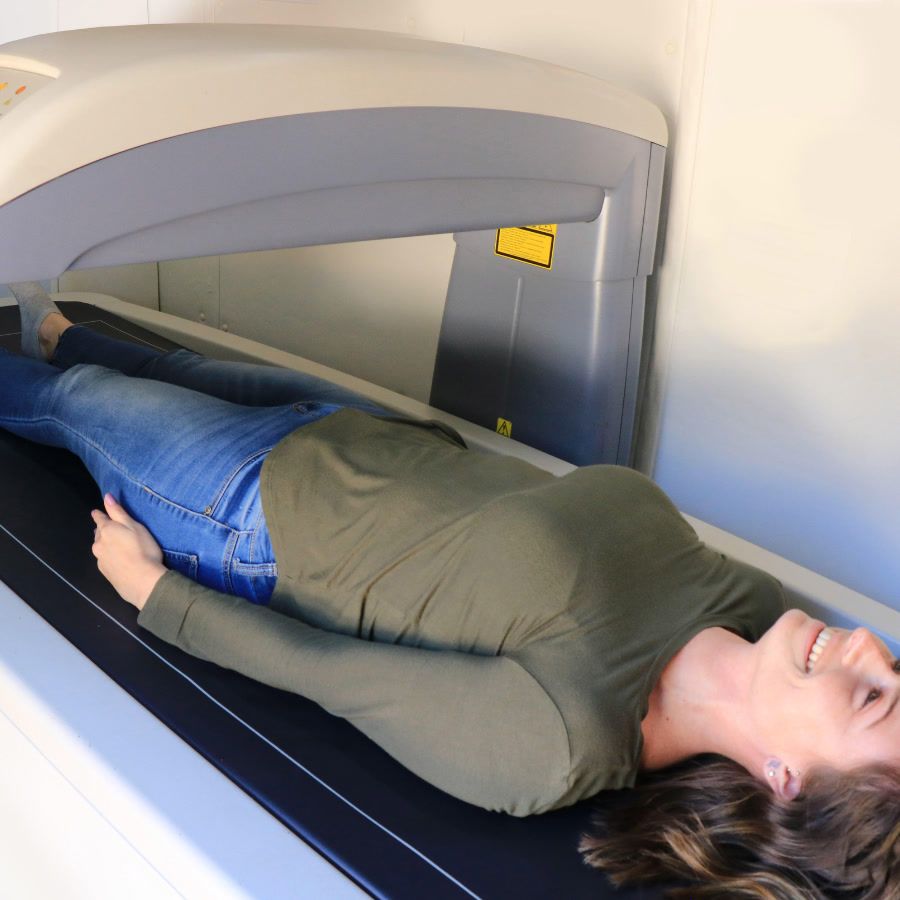How to Measure Body Fat: A Step-by-Step Guide

If you're looking to improve your health and fitness, understanding your body fat percentage is an important place to start. Knowing your body fat percentage can help you set realistic weight loss goals, track progress, and make informed decisions about your diet and exercise routine. In this article, we'll take you through the process of measuring your body fat percentage, step-by-step.
Get weekly updates.
Understanding Body Fat and Its Importance
Body fat is an essential component of our body that provides energy and insulation. It is made up of adipose tissue, which is stored in various parts of our body, such as under the skin, around the organs, and in the bone marrow. The amount of body fat we have can vary depending on a variety of factors, such as age, gender, genetics, and lifestyle habits.
What is Body Fat?
Body fat is the amount of adipose tissue on your body. It is a necessary component of our body that provides energy and insulation. However, too much body fat can lead to a variety of health problems, such as heart disease, stroke, and diabetes. The excess body fat can put a strain on the heart and other organs, leading to various health complications.
On the other hand, having too little body fat can also be problematic. It can lead to a weakened immune system, hormonal imbalances, and reproductive issues. Therefore, it's important to maintain a healthy balance of body fat for optimal health.
Why is Measuring Body Fat Important?
Measuring body fat is important because it helps you to better understand your overall health. It can help you determine if you are at a healthy weight or if you need to make changes to your diet and exercise habits. Having a high body fat percentage is often indicative of poor diet and exercise habits. On the other hand, having a low body fat percentage can be a sign of over-exercising or under-eating.
There are several methods for measuring body fat, including skinfold calipers, bioelectrical impedance, and hydrostatic weighing. Each method has its own advantages and disadvantages and may be more suitable for certain individuals.
Healthy Body Fat Ranges for Men and Women
The ideal body fat percentage varies depending on gender and age. For men aged 20-39, a healthy range is between 8-20%, while for women in the same age range, the healthy range is between 21-33%. However, it's important to note that these ranges are not one-size-fits-all, and may vary based on individual factors such as genetics, lifestyle, and fitness level.
It's also important to note that body fat distribution can vary among individuals. Some people may carry more body fat in their midsection, while others may carry more in their hips and thighs. The location of body fat can also affect health outcomes, with excess abdominal fat being linked to a higher risk of heart disease and other health complications.
In conclusion, understanding body fat and its importance is crucial for maintaining optimal health. By measuring your body fat and striving for a healthy balance, you can reduce your risk of various health complications and improve your overall well-being.
Methods for Measuring Body Fat
Body fat measurement is an important aspect of overall health and fitness. It can help you determine your risk for certain diseases and conditions and can help you track your progress toward your fitness goals. There are several methods for measuring body fat, each with its own advantages and disadvantages. Here are the most common methods:
Body Mass Index (BMI)
BMI is a simple calculation that takes into account your height and weight. It is widely used as a screening tool to determine whether a person is underweight, normal weight, overweight, or obese. However, BMI is not an accurate measure of body fat, as it does not differentiate between fat and muscle mass. Hence, it may not give an accurate measure for athletes or muscular individuals.
For instance, two people with the same BMI may have different body fat percentages. One may have a higher percentage of muscle mass, while the other may have a higher percentage of fat. Therefore, it is important to use other methods to accurately determine body fat percentage.
Skinfold Calipers
Skinfold calipers involve measuring the thickness of folds of skin at various parts of the body. This method is moderately accurate but highly dependent on technician skill and the quality of the calipers used.
The technician will use the calipers to pinch the skin and measure the thickness of the fold. The measurements are then used to calculate body fat percentage using a formula. While this method is relatively inexpensive and non-invasive, it may not be as accurate as other methods.
Bioelectrical Impedance Analysis (BIA)
This method involves sending a low-level electrical current through the body to measure the body's resistance to the current. The resistance is used to estimate body fat percentage. It is a quick and relatively inexpensive method, but its accuracy can be affected by factors such as hydration levels.
When using BIA, it is important to follow the instructions carefully, as factors such as food and drink intake, exercise, and body position can affect the results. Additionally, certain medical conditions and medications may also affect the accuracy of the results.
Dual-Energy X-ray Absorptiometry (DEXA)
DEXA involves lying on a table while an X-ray scanner passes over your body. The scan measures bone density as well as the amount of tissue in your body, which allows for accurate measurement of body fat. While it is highly accurate, it is also one of the most expensive methods.
DEXA is often used in research settings and by healthcare professionals to accurately measure body fat percentage. However, it may not be readily available or affordable for personal use.
Hydrostatic Weighing
Hydrostatic weighing involves submerging the body in a tank of water and measuring the displacement of water. This method is considered one of the most accurate but can be uncomfortable and may not be readily available.
During hydrostatic weighing, the individual is submerged in water and asked to exhale all of the air from their lungs. The amount of water displaced is then used to calculate body density, which is then used to determine body fat percentage. While this method is highly accurate, it may not be practical for everyday use.
Air Displacement Plethysmography (Bod Pod)
Bod Pod measures body composition by analyzing the amount of air displaced allowing for accurate measurement of body fat percentage. It is widely used in research but can be expensive for personal use.
The individual sits inside a small chamber and the air inside the chamber is measured before and after the individual enters. The difference in air volume is then used to calculate body density and body fat percentage. While this method is highly accurate, it may not be readily available or affordable for personal use.
In conclusion, there are several methods for measuring body fat, each with its own advantages and disadvantages. It is important to choose a method that is accurate, reliable, and practical for your needs and goals.
Step-by-Step Guide to Measuring Body Fat at Home
Measuring your body fat percentage is an essential part of monitoring your overall health and fitness. By knowing your body fat percentage, you can set realistic goals, track your progress, and make necessary adjustments to your diet and exercise routine. Here is a step-by-step guide to measuring body fat at home.
Choosing the Right Method for You
Before determining your home testing kit, consider the accuracy of the method you are intending to use. A preferred residential testing kit is a digital device that incorporates bioelectrical impedance analysis. This method uses a small electrical current that passes through your body to measure the resistance of your body fat. The results are then calculated based on your height, weight, and age.
Other methods include skinfold calipers, hydrostatic weighing, and dual-energy X-ray absorptiometry (DEXA). While these methods may provide accurate results, they require specialized equipment and may not be practical for home use.
Preparing for the Measurement
Ensure that you measure in the same environment and measure at the same time each day, ideally in the mornings before eating or drinking. This will help to minimize any variations in your body fat percentage due to changes in hydration or food intake.
It's also important to avoid exercise, alcohol, and caffeine for at least 24 hours before your measurement. These factors can affect your hydration levels and, therefore, your body fat percentage.
Taking Accurate Measurements
The location to test is under both feet on a conductive board. If your machine comes with handholds, grab them, but this is not a necessity. Ensure that you don't move while the machine is running the test. The test takes only a few seconds to complete.
It's important to note that the accuracy of your measurement can be affected by factors such as clothing, jewelry, and body position. To ensure the most accurate results, wear lightweight, form-fitting clothing, remove any jewelry, and stand with your feet shoulder-width apart.
Interpreting Your Results
The results of your measurement could mean different things depending on the individual. Factors such as age, menstrual cycle, hydration, and the type of physical activity may all affect the reliability of your body fat percentage. You should take these things into consideration when interpreting your test results.
Generally, a healthy body fat percentage for men is between 8-20%, while a healthy body fat percentage for women is between 21-33%. However, these ranges may vary depending on your age, fitness level, and overall health.
If your body fat percentage is higher than the healthy range, it may be an indication that you need to make changes to your diet and exercise routine. Consult with a healthcare professional or a certified personal trainer to develop a plan that works for you.
Remember that measuring your body fat percentage is just one part of the equation when it comes to achieving your health and fitness goals. It's essential to maintain a balanced diet, engage in regular exercise, and get enough rest to ensure optimal health and wellness.
Conclusion
Now that you understand what body fat is, its importance, and how to measure it, you are very well-equipped to make informed decisions about your health and well-being. Whether you're looking to lose weight or improve your fitness level, measuring your body fat percentage is an essential step toward achieving your goals.


